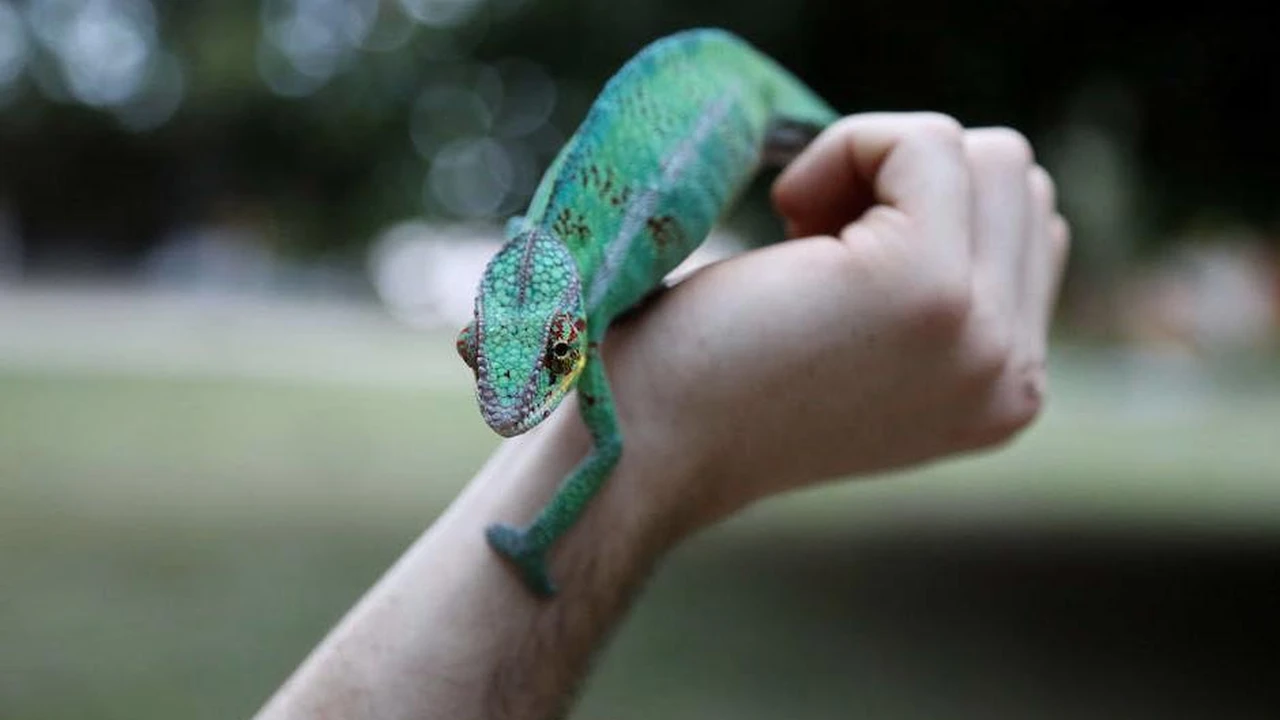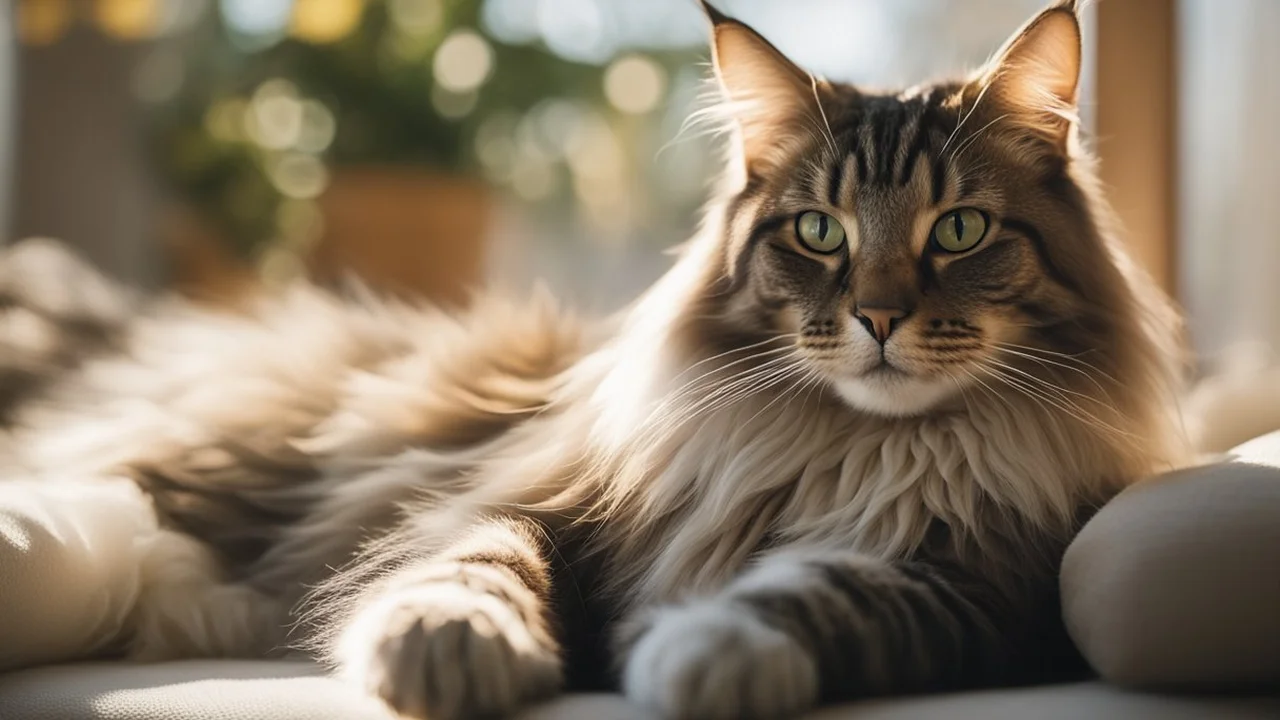5 Low-Maintenance Small Pets for Busy People
Limited time? These small pets require minimal care. Discover pets that are perfect for busy lifestyles. Enjoy the companionship of a low-maintenance pet.

Small Pets That Thrive on Minimal Interaction: Low-Commitment Companions
Okay, so you're swamped. Work's crazy, life's hectic, and you barely have time to breathe, let alone devote hours to a demanding pet. But you still crave that warm, fuzzy feeling of having a little critter to call your own. Good news! You don't need to rule out pet ownership entirely. There are plenty of low-maintenance small pets that can fit seamlessly into your busy lifestyle. These little guys are independent, relatively easy to care for, and won't throw a tantrum if you miss a playdate (because, let's face it, playdates are probably the first thing to go when life gets crazy).
1. The Unsung Heroes: Betta Fish (Siamese Fighting Fish) – Low-Effort Aquatic Friends
Yep, a fish! Betta fish, also known as Siamese Fighting Fish, are the kings and queens of low-maintenance pets. They're visually stunning with their vibrant colors and flowing fins, and they're perfectly content living in a small aquarium on your desk or countertop. Forget daily walks and endless cuddles; a Betta needs a clean tank, regular feeding (a few minutes every other day!), and some visual stimulation. They're solitary creatures, so one Betta per tank is the golden rule (they live up to their "fighting fish" name otherwise!).
Betta Fish Care Tips for the Time-Strapped
- Tank Size: A 5-gallon tank is the minimum recommended size. Bigger is always better, as it provides more space for swimming and helps maintain water quality.
- Water Changes: Partial water changes (25-50%) should be done weekly. Use a water conditioner to remove chlorine and chloramine from tap water.
- Feeding: Betta fish are carnivores and need a diet rich in protein. Feed them Betta pellets or frozen bloodworms once or twice a day. Don't overfeed! A Betta's stomach is about the size of their eye.
- Temperature: Betta fish are tropical fish and need a water temperature between 78-82°F (25-28°C). Use a heater to maintain the correct temperature.
- Enrichment: Provide hiding places like caves or plants (silk or live plants are best). A Betta log is a popular choice.
Product Recommendations for Betta Fish Keepers
- Aqueon NeoGlow Aquarium Kit (5 Gallon): A good starter kit that includes a tank, filter, and LED lighting. Around $40.
- API Betta Water Conditioner: Essential for making tap water safe for your Betta. Around $7 for an 8-ounce bottle.
- Fluval Bug Bites Betta Formula: High-quality Betta pellets made with insect larvae. Around $8 for a 45-gram container.
- Marina Floating Betta Log: Provides a hiding place and a sense of security for your Betta. Around $6.
2. The Silent Observers: Leopard Geckos – Low-Energy Reptilian Roommates
If you're looking for something a little more exotic, a Leopard Gecko might be your perfect match. These docile reptiles are crepuscular (active at dawn and dusk), meaning they spend most of the day snoozing in their hide. They don't require a lot of space, and their care is relatively straightforward. Plus, they come in a rainbow of colors and patterns, making them visually appealing.
Leopard Gecko Care Basics for the Busy Individual
- Enclosure: A 20-gallon long tank is suitable for one or two Leopard Geckos.
- Substrate: Paper towels or reptile carpet are easy to clean. Avoid sand, as it can cause impaction if ingested.
- Heating: Leopard Geckos need a temperature gradient, with a warm side (88-92°F) and a cool side (75-80°F). Use an under-tank heater for the warm side.
- Lighting: UVB lighting is optional but beneficial for calcium absorption. If using UVB, provide a shaded area.
- Feeding: Leopard Geckos eat insects, such as mealworms, crickets, and Dubia roaches. Dust insects with calcium and vitamin D3 supplement. Feed juveniles daily and adults every other day.
- Humidity: Maintain a humidity level of 30-40%. Provide a humid hide box with damp paper towels or sphagnum moss.
Leopard Gecko Product Recommendations
- Exo Terra Glass Terrarium (20 Gallon Long): A sturdy and well-ventilated terrarium. Around $100.
- Zoo Med ReptiTherm Under Tank Heater: Provides a consistent and reliable heat source. Around $25.
- Repashy Calcium Plus LoD: A high-quality calcium and vitamin D3 supplement. Around $15.
- Pangea Gecko Ledges: Provides climbing space and enrichment. Around $20
3. The Quiet Companions: Land Snails (Giant African Land Snails) – Slow-Paced and Simple
Hear me out! Land snails, particularly Giant African Land Snails (GALS), are surprisingly fascinating and incredibly low-maintenance. They're quiet, odorless (if their enclosure is properly maintained), and require very little attention. Their diet consists mainly of veggies, and they're happy to spend their days munching and sliming around their enclosure. They're not exactly cuddly, but they're definitely unique and strangely calming to watch.
Giant African Land Snail Care for the Minimalist Pet Owner
- Enclosure: A plastic tub or glass tank with a secure lid is suitable. The size depends on the number of snails.
- Substrate: Coco coir is a good substrate option. Keep it moist but not soggy.
- Temperature: Room temperature is usually fine, but they thrive in temperatures between 65-75°F.
- Humidity: High humidity is essential. Mist the enclosure daily to maintain humidity levels.
- Feeding: Offer a variety of vegetables, such as lettuce, cucumber, zucchini, and sweet potato. Provide a source of calcium, such as cuttlebone.
- Cleaning: Remove uneaten food and clean the enclosure regularly to prevent mold growth.
Land Snail Product Recommendations
- Sterilite Plastic Tub (Large): A simple and affordable enclosure option. Around $15.
- Coco Coir Brick: A natural and sustainable substrate. Around $10.
- Cuttlebone: An essential source of calcium for snail shell growth. Around $5.
- Exo Terra Mister: Makes misting the snail enclosure easy. Around $15
4. The Independent Explorers: Hermit Crabs – Low-Key Crustacean Crewmates
Hermit crabs are fascinating little creatures that are surprisingly easy to care for. They don't need a lot of attention, and they're happy to spend their time exploring their enclosure, climbing on branches, and digging in the sand. The most important thing is providing them with a proper environment, including a spacious tank, the right temperature and humidity, and a variety of shells to choose from. They are social so you should always have at least two, and preferably more!
Hermit Crab Care Tips for the Busy Individual
- Enclosure: A 10-gallon tank is suitable for a few small hermit crabs.
- Substrate: A mixture of play sand and coco fiber is ideal. It should be deep enough for them to bury themselves.
- Temperature: Maintain a temperature of 75-85°F. Use an under-tank heater.
- Humidity: Maintain a humidity level of 70-80%. Mist the enclosure daily.
- Water: Provide two shallow dishes of water: one with dechlorinated tap water and one with saltwater.
- Feeding: Hermit crabs are omnivores and eat a variety of foods, including fruits, vegetables, nuts, and commercial hermit crab food.
- Extra Shells: Always provide a variety of extra shells in different sizes and shapes.
Hermit Crab Product Recommendations
- Aqueon Tank (10 Gallon): A good starter tank. Around $30
- Zoo Med Hermit Crab Thermometer/Humidity Gauge Combo: Helps monitor temperature and humidity. Around $10
- Exo Terra Coco Husk: Used to maintain humidity. Around $10
- Zoo Med Hermit Crab Food: A good base diet. Around $10
5. The Quiet Nibblers: Madagascar Hissing Cockroaches – Unconventional and Undemanding
Okay, I know what you're thinking. Cockroaches?! But hear me out! Madagascar Hissing Cockroaches (MHCs) are incredibly low-maintenance, fascinating, and surprisingly clean. They're flightless, don't bite, and their "hiss" is more of a defense mechanism than an aggressive sound. They require minimal space, eat almost anything, and are incredibly hardy. Plus, they're a great conversation starter (or ender, depending on who you're talking to!).
Madagascar Hissing Cockroach Care for the Unconventional Pet Owner
- Enclosure: A plastic tub or glass tank with a secure lid is suitable. Ventilation is important.
- Substrate: Coco coir, paper towels, or wood shavings can be used as substrate.
- Temperature: Room temperature is usually fine.
- Humidity: Moderate humidity is preferred. Mist the enclosure occasionally.
- Feeding: MHCs are omnivores and will eat fruits, vegetables, grains, and even dry dog food.
- Hiding Places: Provide cardboard egg crates or pieces of bark for them to hide under.
Madagascar Hissing Cockroach Product Recommendations
- Sterilite Plastic Tub (Small): A simple and affordable enclosure option. Around $10.
- Cardboard Egg Crates: Provide hiding places and climbing surfaces. Free!
- Fluker's Buffet Blend Food: A convenient and nutritious food option. Around $10
So, there you have it! Five low-maintenance small pets that can add a little bit of joy to your life without adding a ton of extra work. Remember to do your research and provide the best possible care for your new companion, no matter how small or low-maintenance they may be.
:max_bytes(150000):strip_icc()/277019-baked-pork-chops-with-cream-of-mushroom-soup-DDMFS-beauty-4x3-BG-7505-5762b731cf30447d9cbbbbbf387beafa.jpg)






